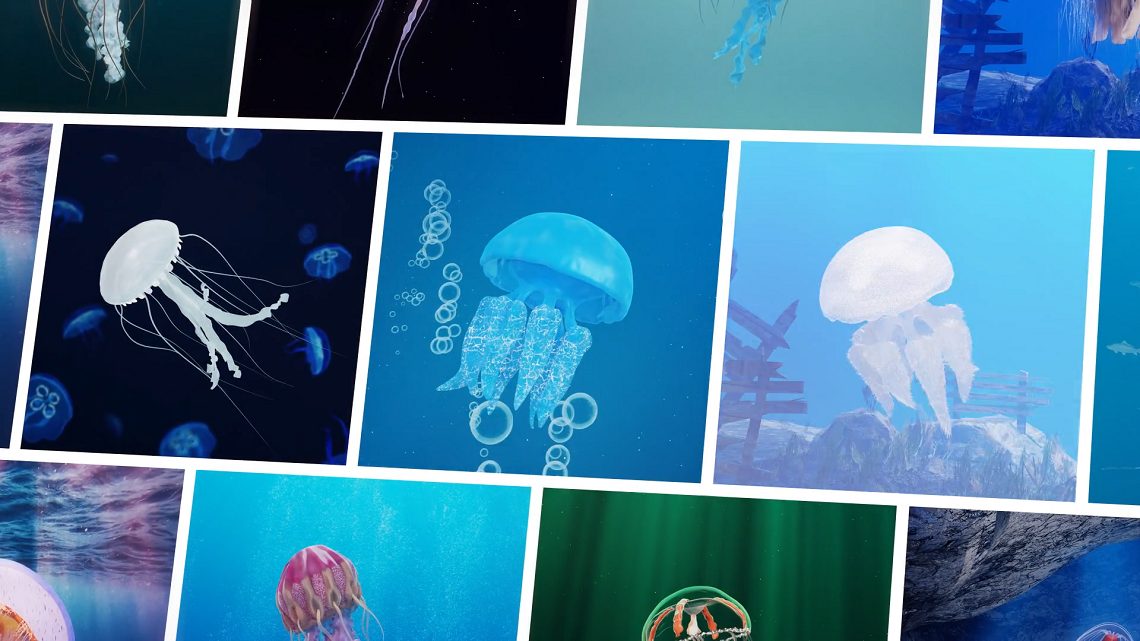In part one of this series (find it here) I have already outlined why it’s a good idea to use ChatGPT as a teacher. But how can you use ChatGPT to aid you in learning? It’s all about packaging your individual needs into prompts. So, think first about how you can learn best. As for me, I like to get bullet point lists and definitions. Here are a few examples of my favorite prompts:
If you’re completely new to a subject:
- Imagine you are “expert in the field”. Explain “topic” to me on “high school/university/expert” level. Use bullet points.
- Imagine you are John McAffee. Explain cybersecurity to me on high school level. Use bullet points.
If you are already familiar but lack clarity on how different things connect:
- In “field you are learning”, explain “level of detail” of “topic you learn” via “keywords you know should be in the explanation”.
- In software engineering, explain the basics of agile development to me via sprints, scrum, and scope. Use bullet points.
If you have similar but different words but cannot find a good explanation anywhere:
- In “field you are learning”, what is the difference between “X, Y and Z”?
- In statistics, what is the difference between errors, residuals, and variance?
ChatGPT is also good for reading. Imagine you have a long text to read and cannot get a glimpse on what it’s about. You can copy/paste the text into ChatGPT and tell it the following prompt:
- Summarize the key points of the given text in ten bullet points.
Let’s say ChatGPT gives you six distinct bullet points but four are kind of vague or around the same subject. Then you repeat the prompt but make it six bullet points. If the result is six concise bullet points, you get the idea of the text. Finally, you should still read the whole text with this understanding in mind (you will likely still find valuable new information in the text).
There you have it! Now you can use ChatGPT as your personal teacher. I hope you learned something and wish you great success!


